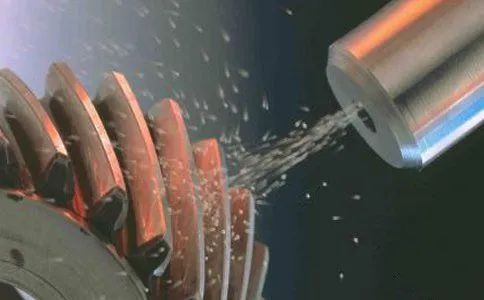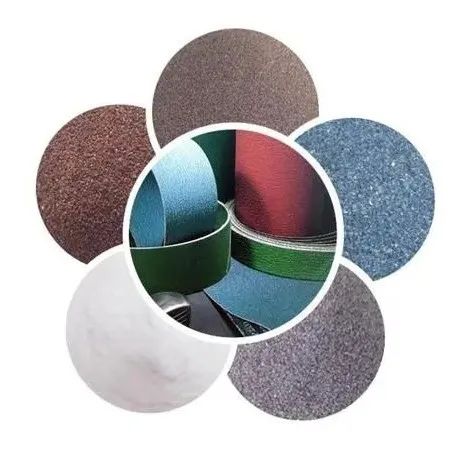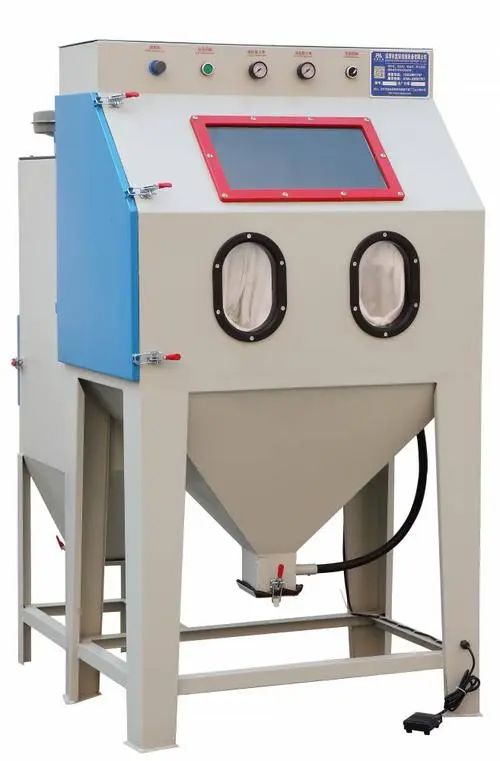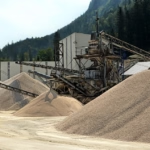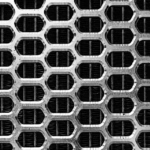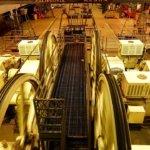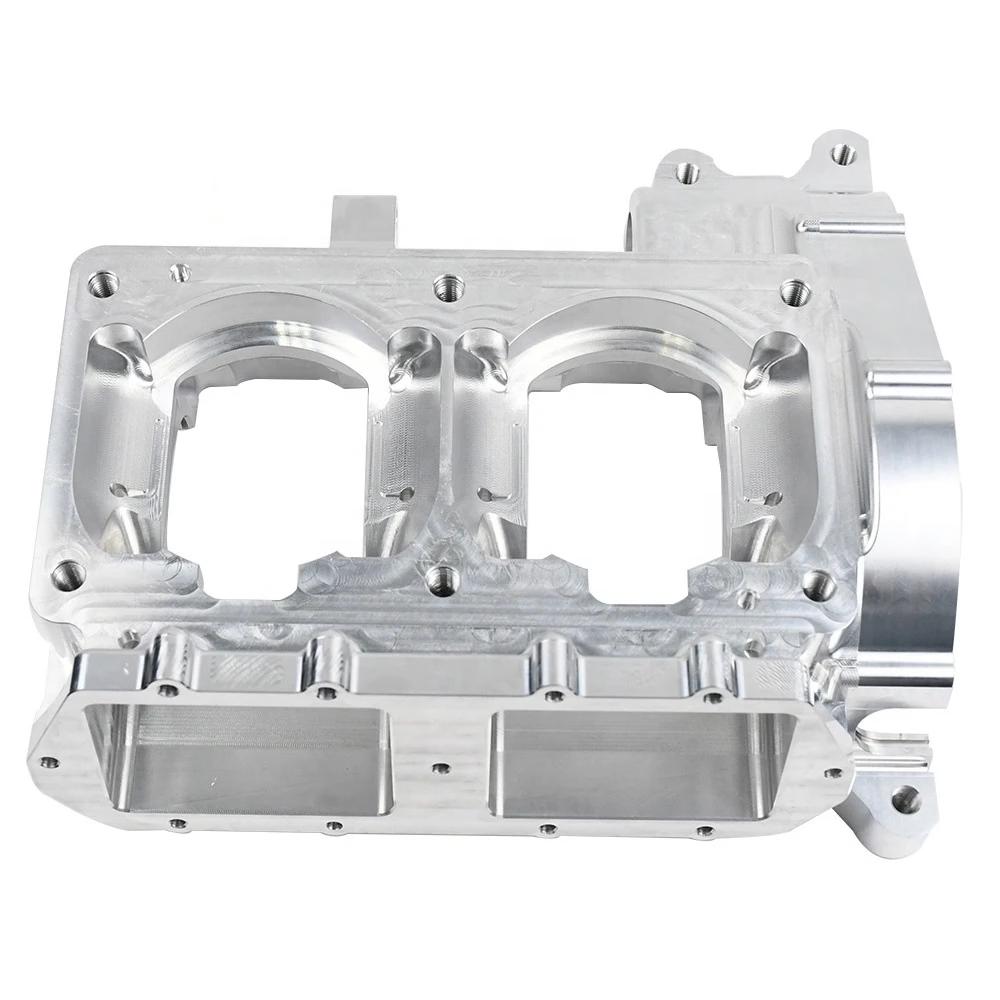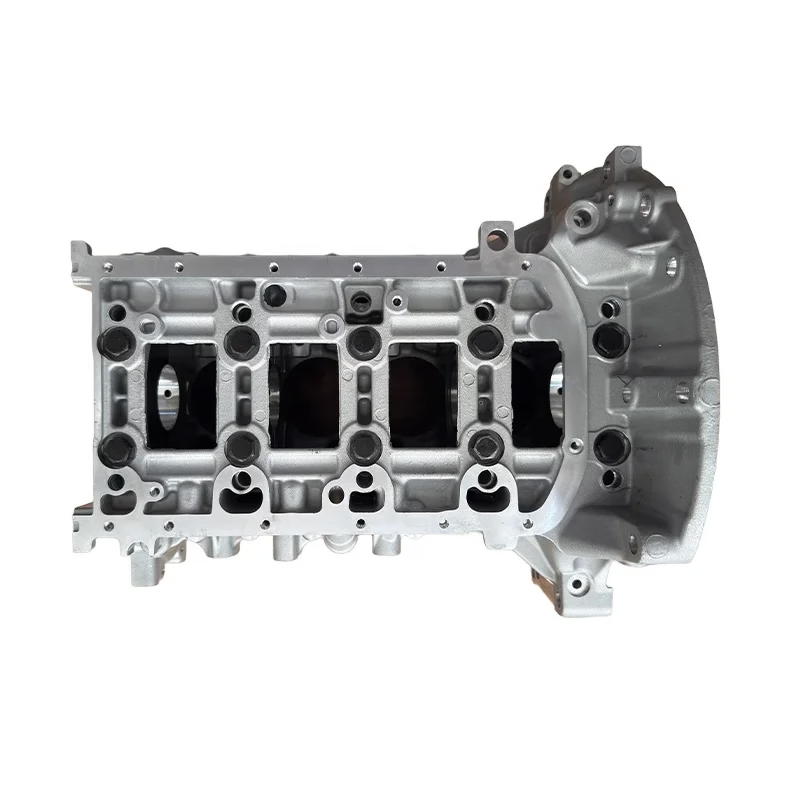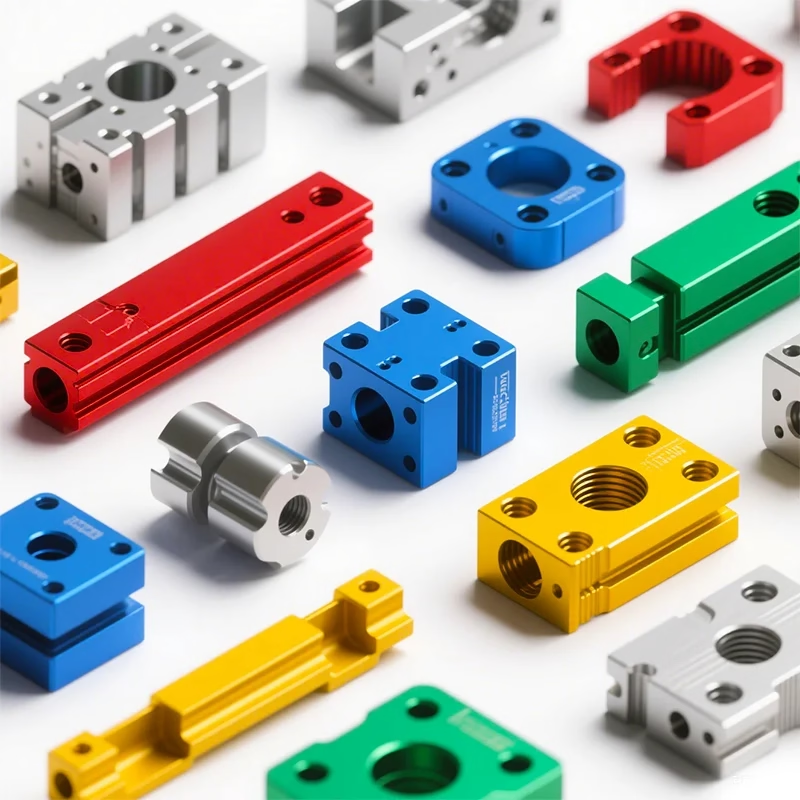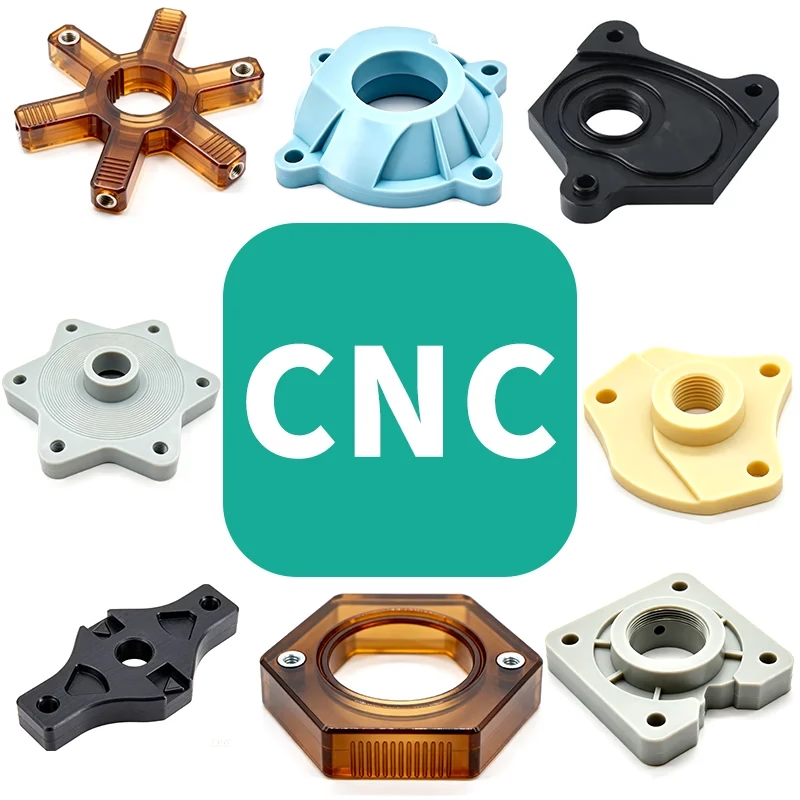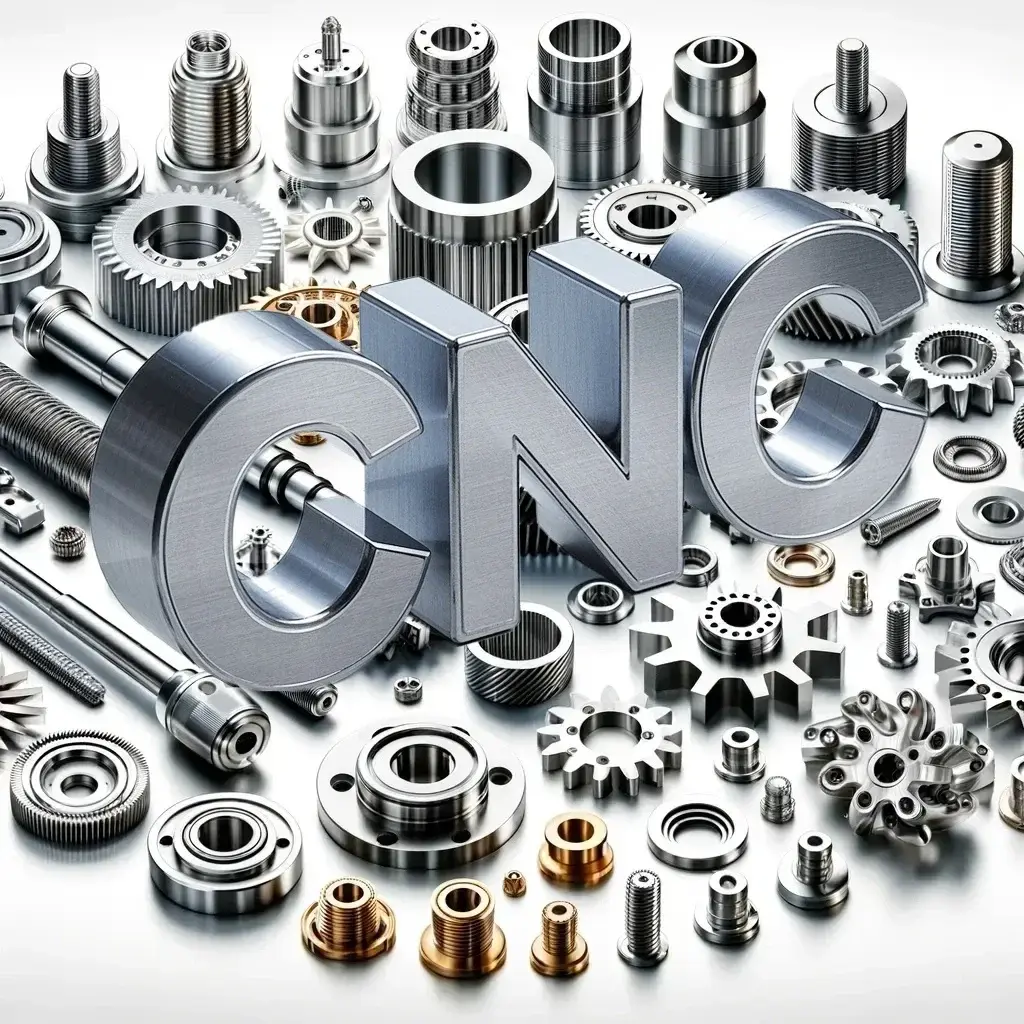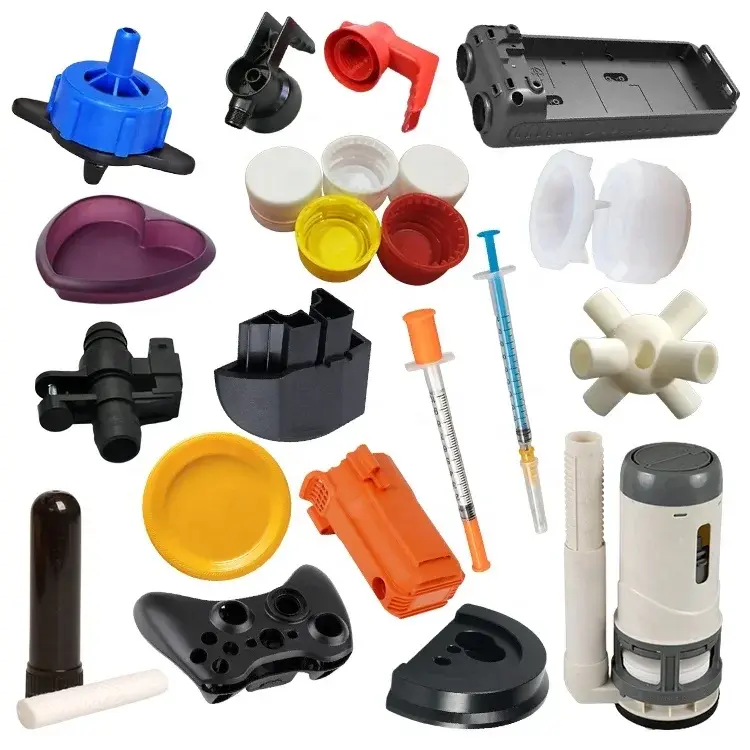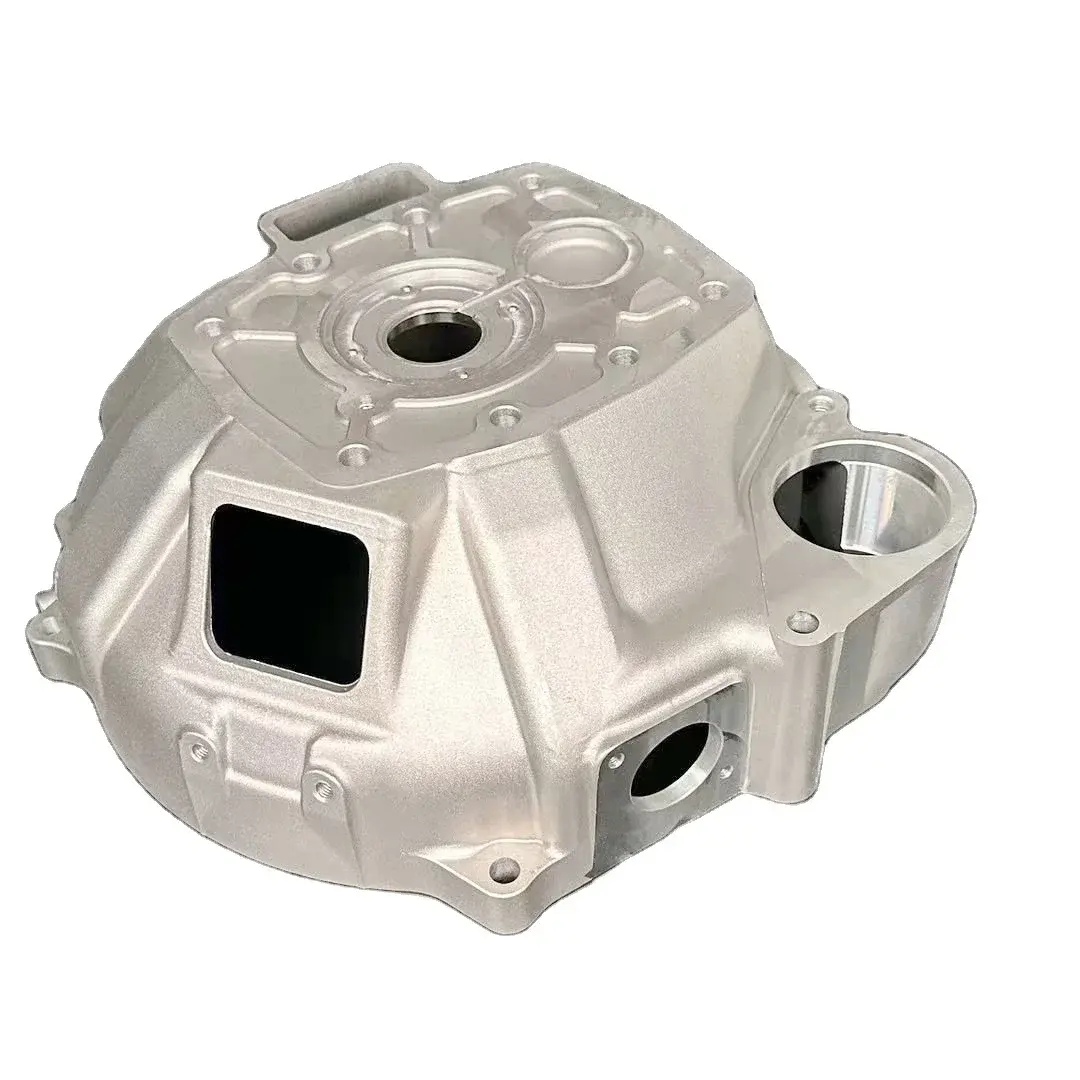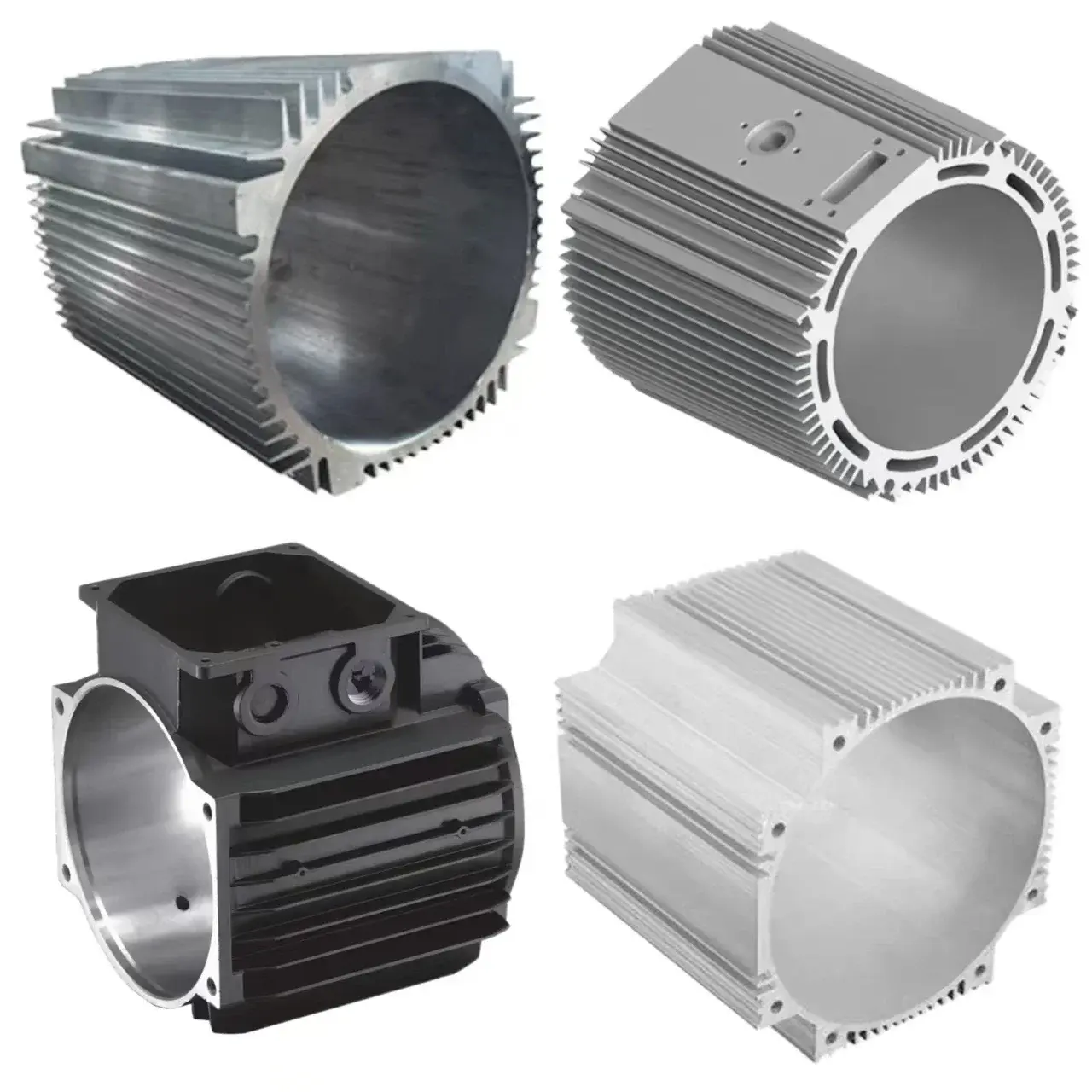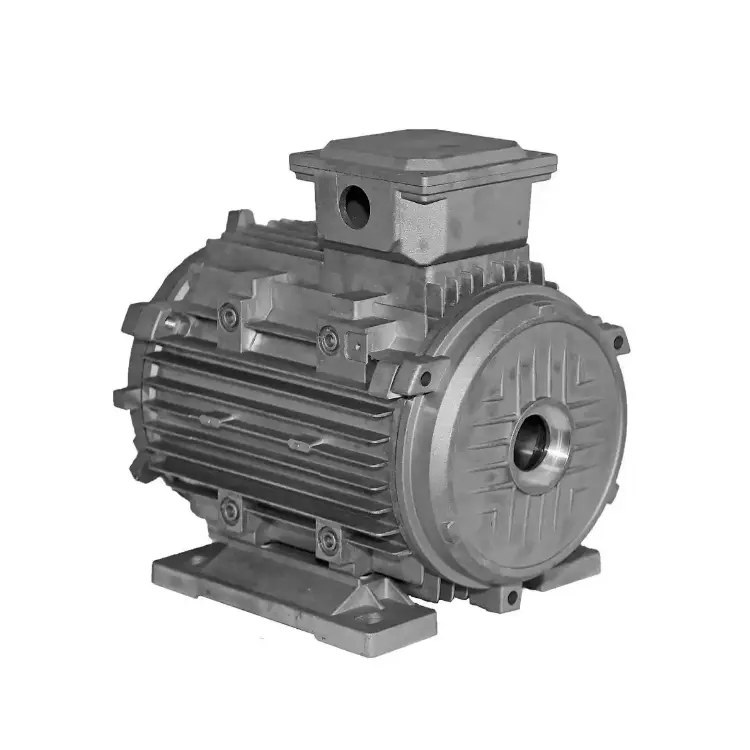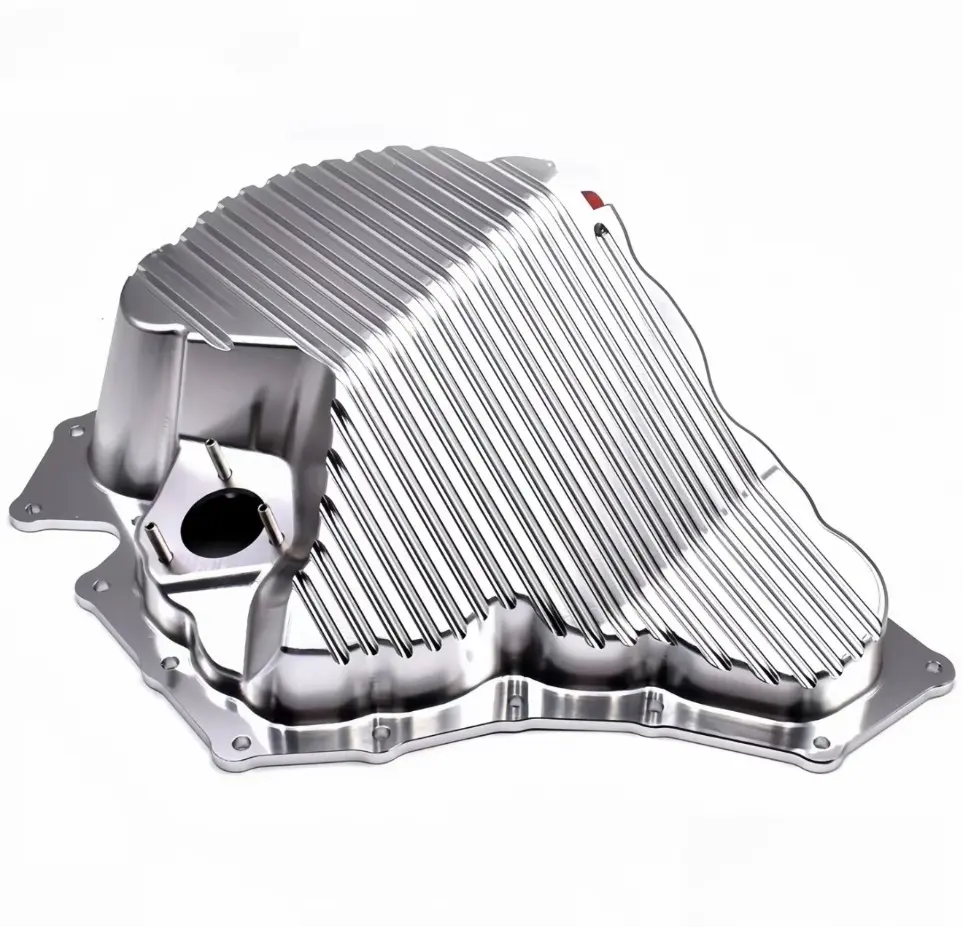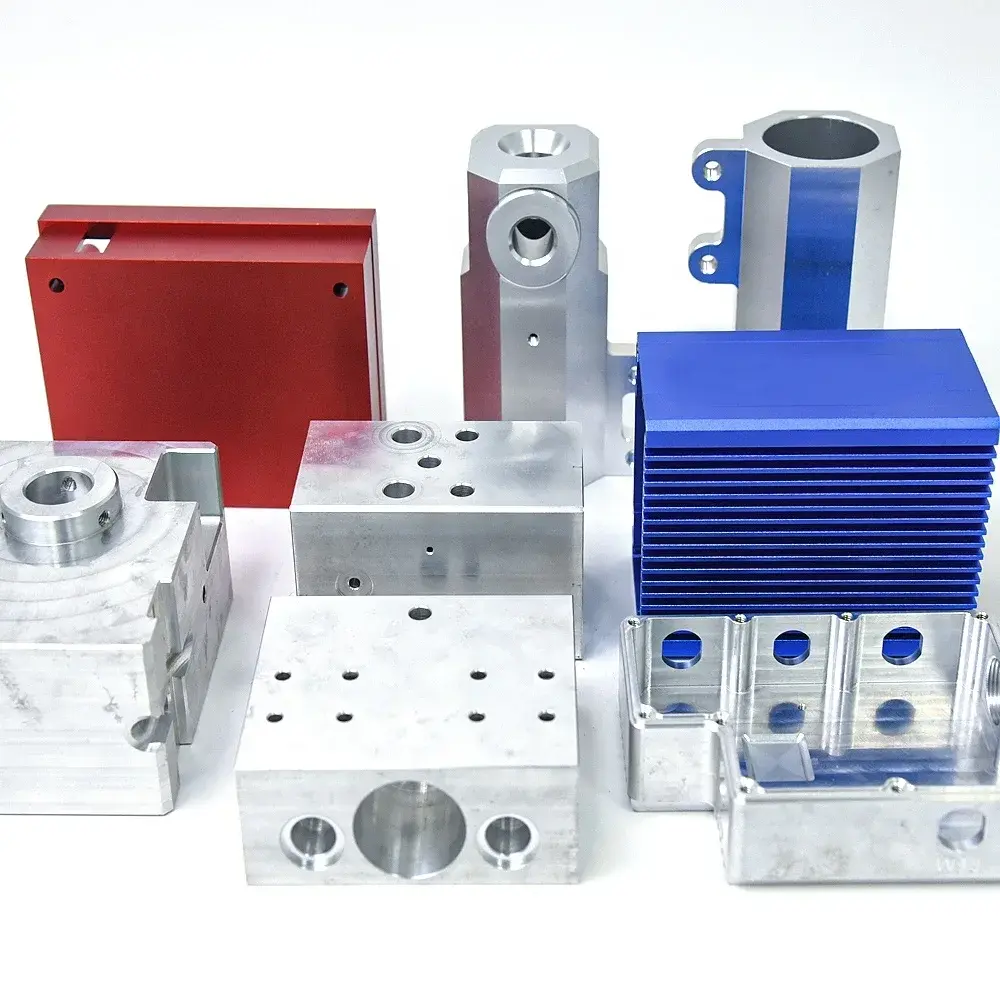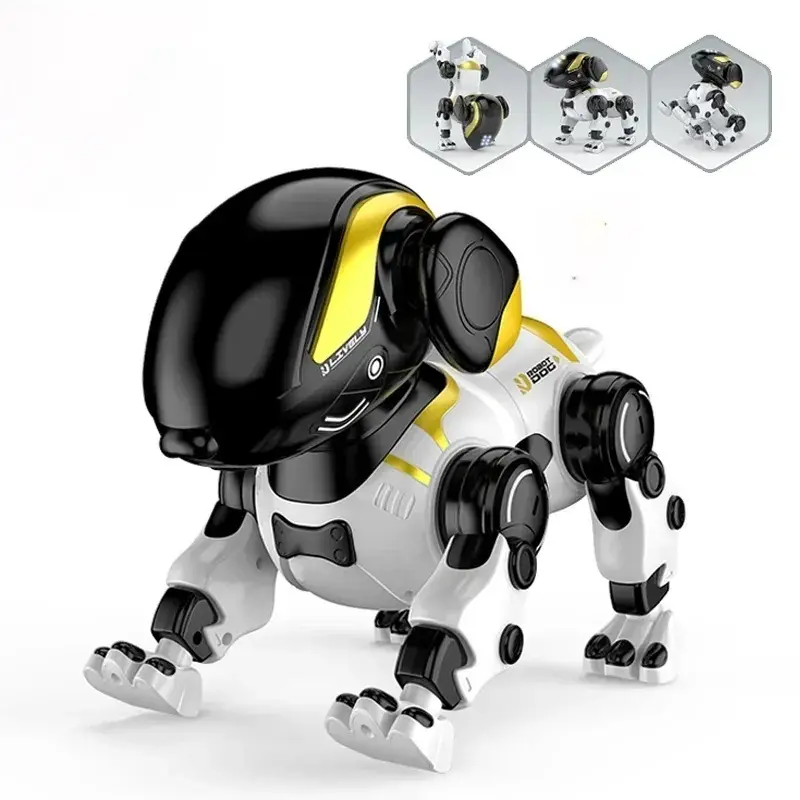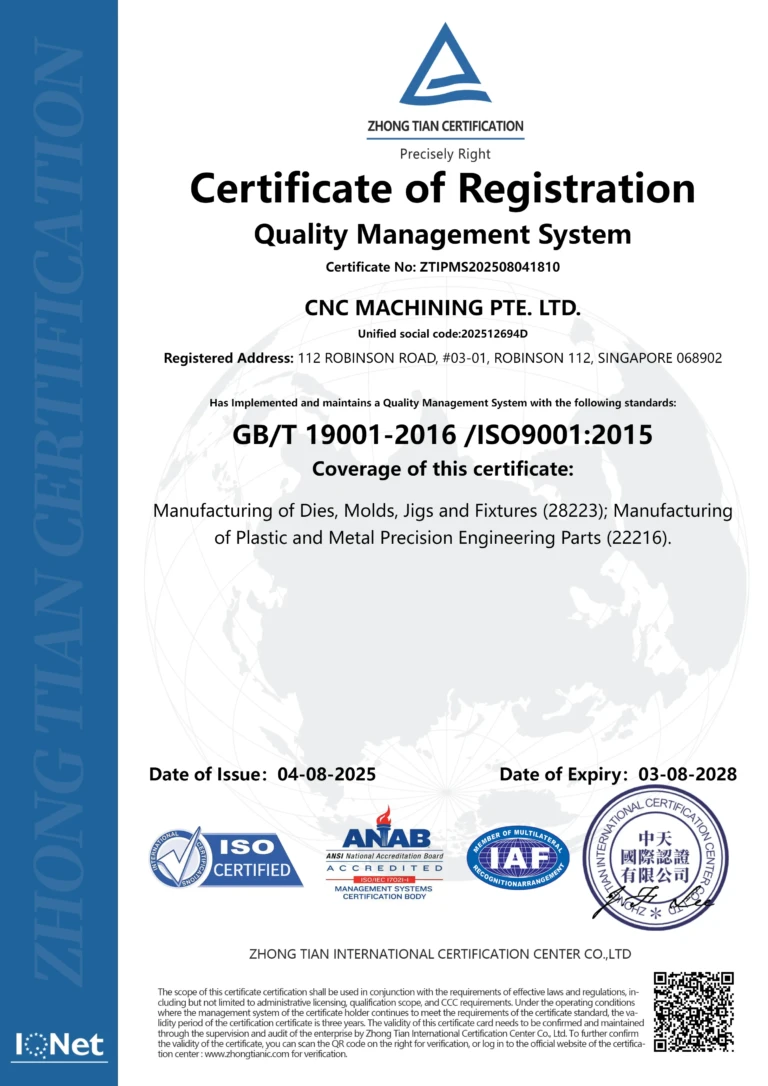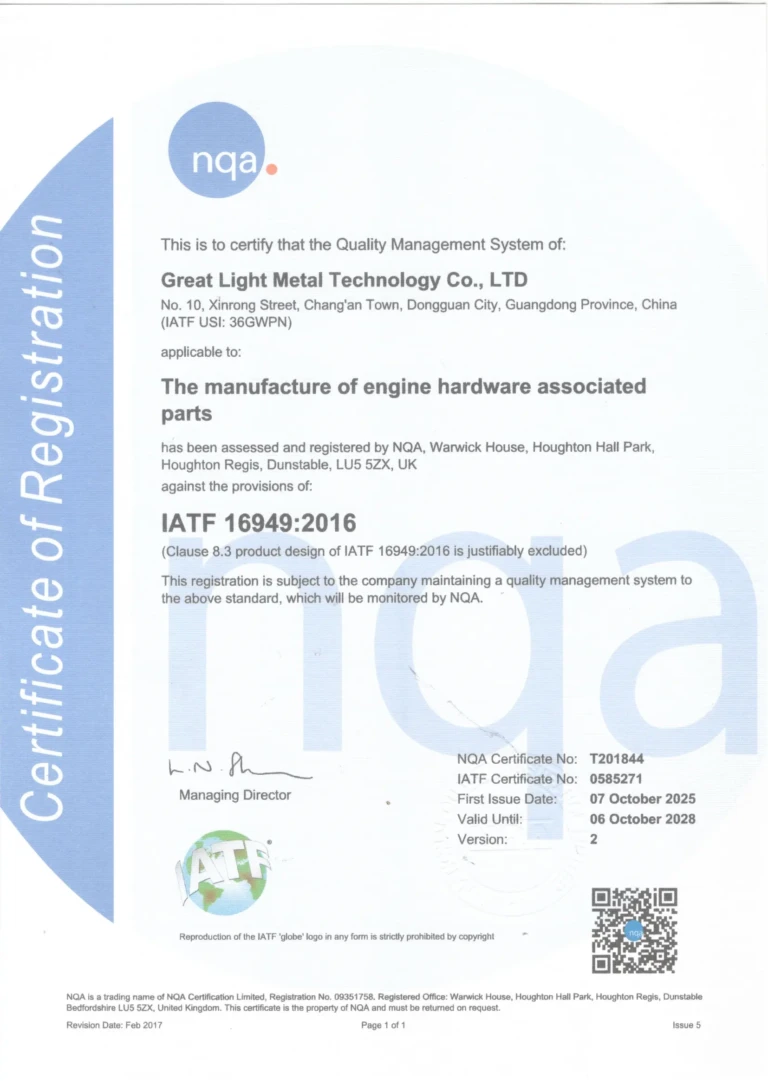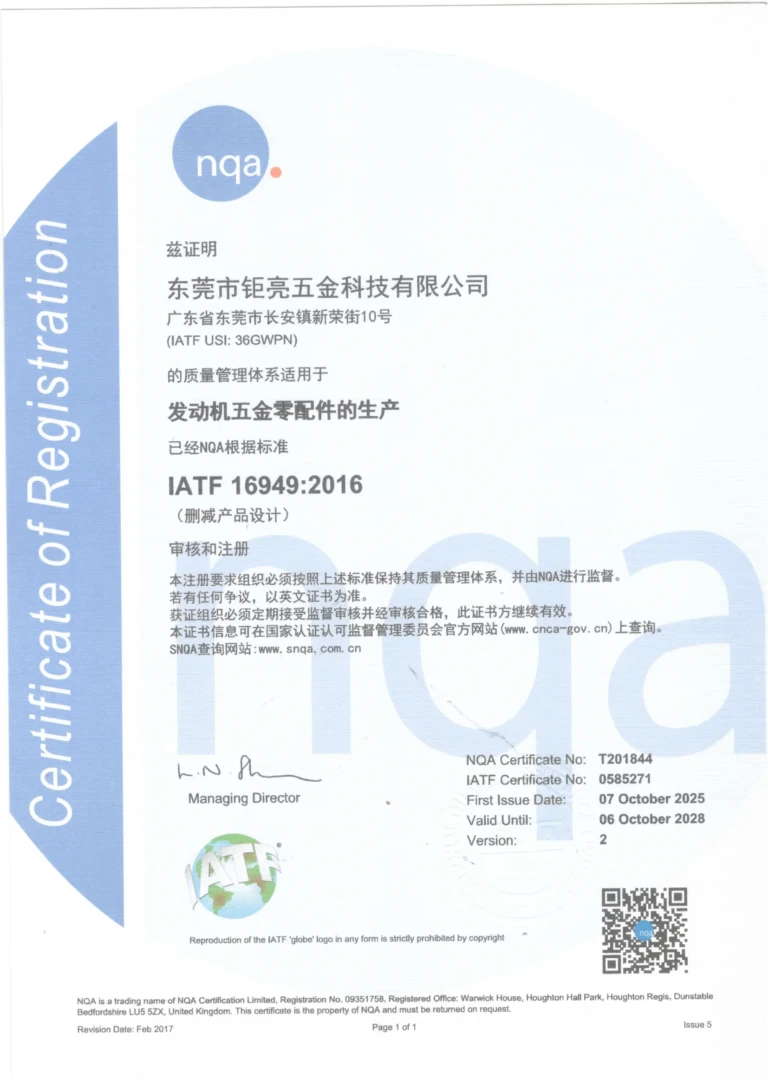Sandblasting process, the name may sound a little industrial, but it is everywhere in our lives. From the surface treatment of metal parts to the careful polishing of artwork, the sandblasting process plays an important role. Today, let’s take a closer look at the secrets of the sandblasting process.
The basic principle of sandblasting process is to use a high-speed jet of abrasives to impact and rub the surface of the workpiece to achieve the effects of cleaning, removing rust, increasing the surface roughness and improvement of coating adhesion. This process amounts to hitting the surface of the workpiece with countless small hammers. Through this physical effect, impurities on the surface are removed and the surface characteristics are changed.
-
Surface cleaning: Sandblasting can completely remove dirt, rust, paint and other impurities on the surface of an object, allowing the object to reveal its original metallic luster or background color. This cleaning method is more thorough than traditional chemical cleaning and does not damage the item itself.
-
Surface roughness: Sandblasting can form a uniform layer of roughness on the surface of the object. This roughness is very important for coating, bonding and other subsequent processes. This can improve the adhesion between the coating and the surface of the object, making the coating more durable.
-
Deburring: During machining, tiny burrs are often left on the surface of the part. These burrs not only affect the appearance, but can also affect the performance of the part. Sandblasting can effectively remove these burrs and make the surface of the workpiece smoother.
-
Surface reinforcement: Sandblasting can also form a hardened layer with high hardness and wear resistance on the metal surface, thereby improving the wear and corrosion resistance of the metal. This is especially important for parts exposed to harsh environments for extended periods of time.
-
Artistic effect: Maybe you didn’t expect it? Sandblasting can also be used to create artistic effects. Artists use sandblasting techniques to carve unique textures and patterns into hard materials, adding a unique charm to their works.
There are many types of abrasives used in the sandblasting process, including quartz sand, emery, glass beads, steel shot, etc. Different abrasives are suitable for different surface treatment needs. For example, quartz sand is suitable for removing oxide layers and rust stains on metal surfaces, while glass beads are often used for surface polishing of aluminum and stainless steel products, because their impact force is weaker and they can produce a more delicate surface effect.
Sandblasting technology has a wide range of applications. It not only plays an important role in metal surface processing, but also plays an important role in machinery manufacturing, aerospace, automobile manufacturing, electronic devices, architectural decoration and other fields. In the treatment of metal surfaces, sandblasting can remove rust, scale and old paint layers, providing a good surface base for painting and electroplating. In the mechanical manufacturing process, sandblasting is used to remove burrs and welding slag from parts and improve the surface quality and performance of parts.
The advantages of the sandblasting process are its effective cleaning, improved adhesion and versatility. It can quickly remove rust, oxide layers and contaminants on the surface, improve the adhesion of coatings and electroplating layers, and extend the service life. At the same time, the sandblasting process is suitable for a variety of materials and surface treatment needs, and has a wide range of applications.
However, the sandblasting process also faces challenges such as dust contamination, surface damage and equipment costs. A large amount of dust will be generated during the dry sandblasting process, which will affect operators and the environment, and corresponding protective measures should be taken. High pressure spraying can damage the surface of the part, requiring control of spray parameters and selection of appropriate abrasives. In addition, the cost of sandblasting equipment and abrasives is relatively high and the initial investment is large.
In actual operation, the sandblasting process requires professional equipment and precise operation. Sandblasting machines can be roughly divided into two categories: dry sandblasting machines and wet sandblasting machines. Dry sandblasting machines directly use compressed air to spray the abrasives, while wet sandblasting machines mix the abrasives and water into the mortar and then spray them. Both have their own advantages. Dry sandblasting machines are suitable for large-area, high-output operations, while wet sandblasting machines have more advantages for handling sensitive materials or preventing rust. The sandblasting machine is mainly composed of air compressor, air storage tank, spray gun, abrasive tank, control valve, connecting pipe and other components. During operation, appropriate adjustments should be made according to the requirements of the workpiece surface, including injection pressure, injection angle, injection distance, etc.
Daguang focuses on providing solutions such as precision CNC machining services (3-axis, 4-axis, 5-axis machining), CNC milling, 3D printing and rapid prototyping services.
